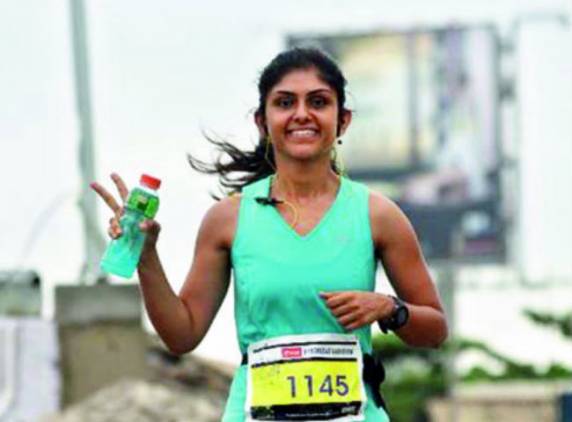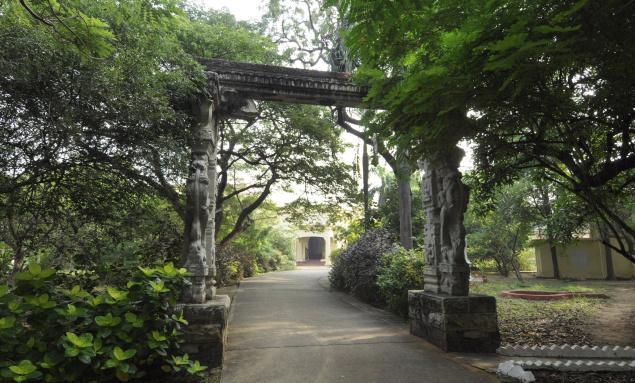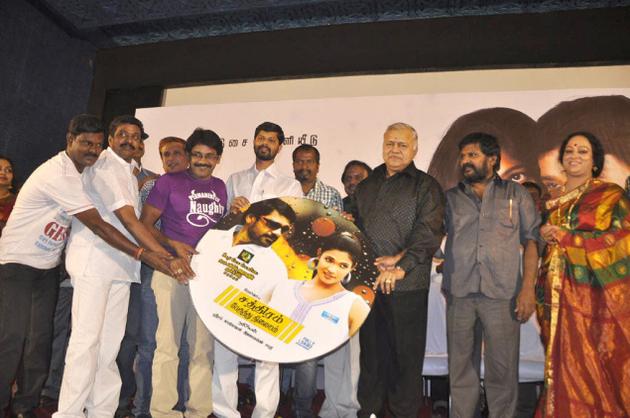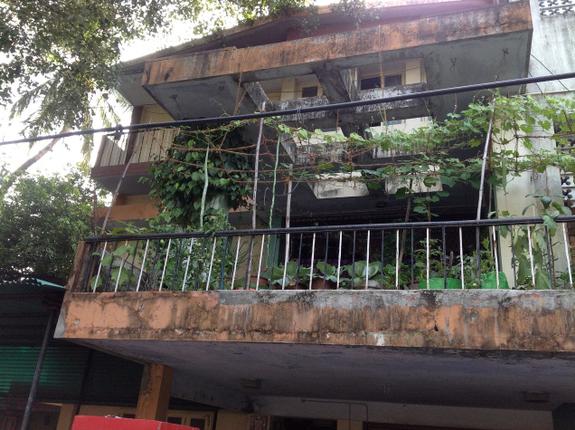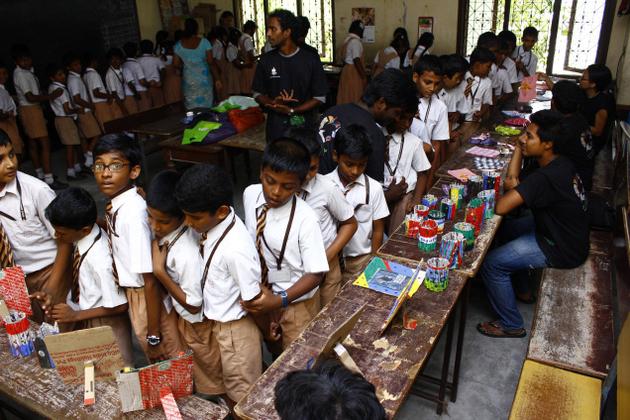
Sangeetha Kalanidhi Dr. Mohan Chandrasekaran turns 75 this year. Concurrently, the career of this extraordinary violinist enters its 60th year.
Family members and disciples of the artiste will celebrate the event on November 22 at P.S. Dakshinamurthy Auditorium, R.K. Mutt Road, Mylapore, from 5 p.m. Sangeetha Kalanidhi M.S. Gopalakrishnan and Sangeetha Kala Acharya P.S. Narayanaswamy will felicitate the violin maestro. The felicitation will be followed by a slide show on Dr. Chandrasekaran’s musical journey.
Born to a family of traditional musicians, Chandrasekaran was initiated into the violin by his mother, Charubala Mohan. The young boy turned out to be a prodigy and began performing publicly in 1949, at the age of eleven.
Chandrasekaran’s unique style – flamboyant and pure at once – as well as his ability to follow the lead artiste like a shadow, have earned him many laurels as a soloists and made him a coveted accompanist.
Chandrasekaran has provided Violin accompaniment to stalwarts like Ariyakudi Ramanuja Iyengar, Maharajapuram Viswanatha Iyer, G.N. Balasubramaniam, Madurai Mani Iyer, Chembai Vaidyanatha Bhagavathar, Ramnad Krishnan, T.K. Rangachari, Sathur A.G. Subramaniam, Mayavaram Rajam, Flute T.R.Mahalingam, Musiri Subramania Iyer, Maharajapuram Santhanam, Palghat K.V. Narayanaswamy, Semmangudi Srinivasa Iyer, Flute N. Ramani and Dr.M. Balamurali Krishna, among many others.
In recognition of his contributions to the field of music, the Government of India honoured him with the prestigious Sangeet Natak Academy Award in 1986. The Government of Tamil Nadu honoured with the Kalaimamani Award in 1982.
The Music Academy, Chennai, conferred on him the title Sangeetha Kalanidhi in 2005. He is the first recipient of the M.S. Subbulakshmi Award instituted by The Hindu in December 2005.
source: http://www.TheHindu.com / Home> News> Cities> Chennai> Arts> Music / by Staff Reporter / November 21st, 2012
